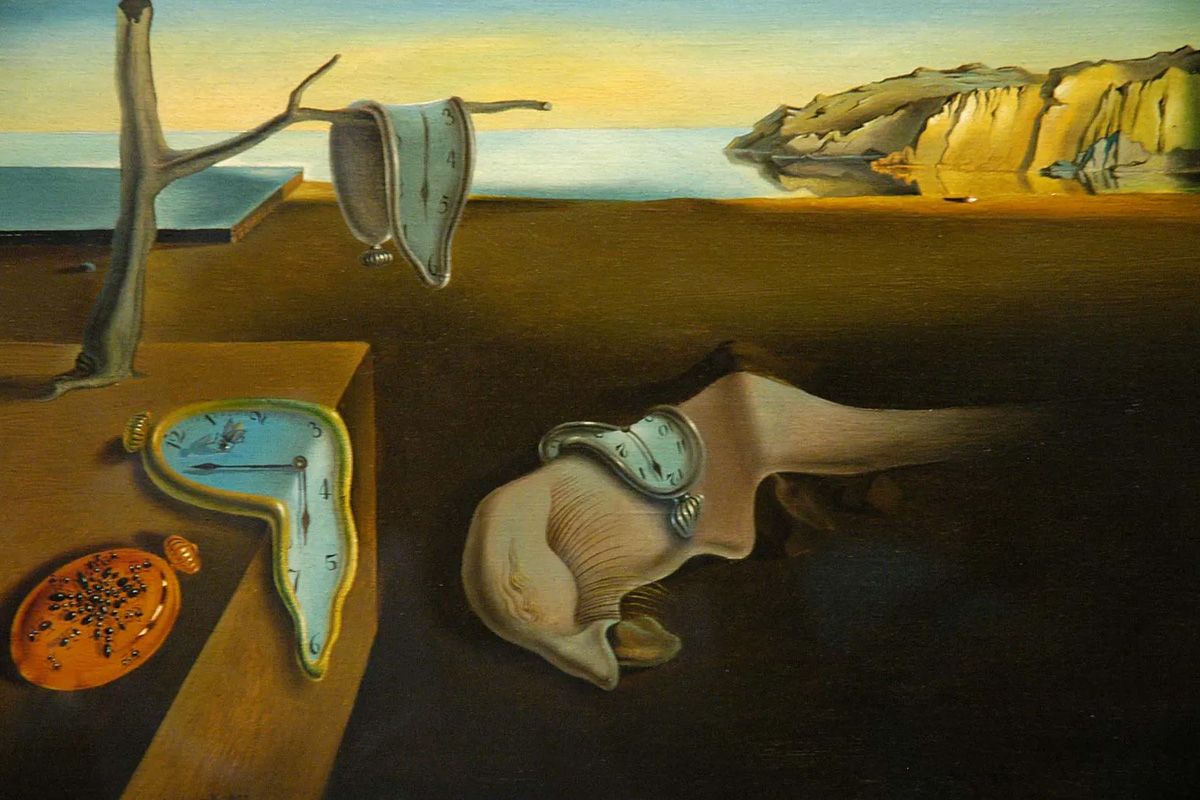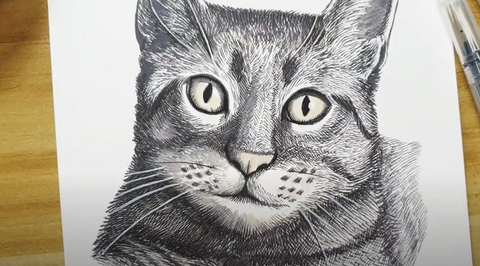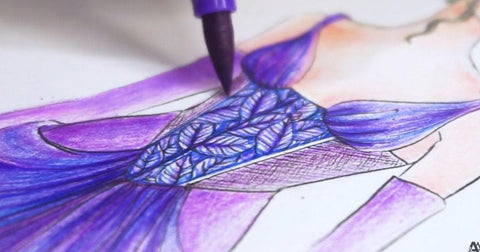A Look at Surrealism: Famous Works and Artists
Last Updated: July 29, 2024
Budding artists and professionals alike discover various art works and movements as they find their footing in the industry. Notably, one of these disciplines is Surrealism.
Today, let’s explore this captivating and enigmatic art movement. We’ll learn about its origins, its progression, how it started, how it progressed, and the artists and works that have inspired multiple generations of creatives. So, put on your artist hats and creativity shoes, dear friends – we’re about to fuel our artistic pursuits with a journey into the surreal.
What is Surrealism?
Emerging in the early 1920s, Surrealism, also known as the Surrealist Movement, aimed to tap into the realm of the subconscious. Its goal was to unleash a torrent of creative expression that defied conventional norms.

Essentially, it was a response to the disillusionment and trauma brought on by the first World War. Surrealism was founded by Andre Breton, a French writer and poet. The movement sought to unveil the irrational and subconscious aspects of the human mind.

Breton’s literary contributions, particularly his "Surrealist Manifesto," laid the groundwork for the principles of the movement. His writing and leadership shaped the direction of Surrealism, providing a theoretical foundation for artists to delve into the depths of their imagination. Additionally, his work in organizing exhibitions and gatherings offered a platform for artists to exchange ideas and collaborate. This fostered a community that propelled Surrealism forward.
At the heart of Surrealism lies the belief that by tapping into the deepest recesses of the mind, artists can reveal hidden truths and liberate the creative spirit. Surrealists aim to free themselves from the constraints of reason and logic, embracing the irrational, dreamlike, and even the absurd.
Famous Surrealist Artists and their Works
Among the many artists who joined the Surrealist movement, several became household names:
Salvador Dali (1904-1989)

Perhaps the most iconic figure associated with Surrealism, Salvador Dali’s striking, meticulously detailed, and perplexing creations have left an indelible mark on the art world.

His masterpiece, "The Persistence of Memory" (1931), featuring melting clocks draped over surreal landscapes, epitomizes the Surrealist ethos of bending reality. Dali's fascination with the dream world and the subconscious has resulted in a body of work that continues to inspire many artists.
René Magritte (1898-1967)
René Magritte's work often features everyday objects placed in surreal and unexpected contexts, challenging our perception of reality. How does he do this? Well, take his "The Treachery of Images" (1928-29) for example. The painting features a pipe with the French caption, "Ceci n'est pas une pipe," which translates to, "This is not a pipe."

Magritte's art invites viewers to question the nature of representation and reality, making his works essential pieces of Surrealist art history.

Max Ernst (1891-1976)

Max Ernst, a prolific Surrealist artist, was known for his innovative techniques and a diverse range of works.

A striking example of Ernst’s surrealist perspective is "The Elephant Celebes" (1921), where he combined various unrelated elements to create a bizarre, dreamlike subject. Ernst's art often evokes a sense of disquiet, prompting viewers to explore their own subconscious depths.
Joan Miró (1893-1983)

Joan Miró, a Spanish Surrealist artist, is celebrated for his playful and childlike approach to art. His painting "The Tilled Field" (1923-24) is a vivid example of his whimsical style, featuring a vibrant yet unorthodox landscape.

Miró's work often draws inspiration from nightly ventures into dreamland, and his use of bold colors and abstract forms set him apart.
Yves Tanguy (1900-1955)

Otherworldly and bizarre – these are often the impressions one gets from Yves Tanguy’s works. His creation, "Indefinite Divisibility" (1942), features amorphous shapes set in a desolate, dreamlike environment. Tanguy's work transports viewers to alien realms, embodying the mysterious and fantastical aspects of Surrealism.

Leonora Carrington (1917-2011)

Recognized as the last of the Surrealists, Leonora Carrington was a remarkable artist who received critical acclaim within the movement. One of her famous works, "The Pomps of the Subsoil" (1947), is a testament to her ability to blend elements of folklore and myth into her surreal works. Carrington's art often explores themes of transformation and the unknown, making her a vital contributor to the movement.

Drawing Inspiration from Surrealism
For both aspiring and professional artists, Surrealism offers a treasure trove of inspiration and creative techniques to explore. So how does one draw inspiration from this art movement? We simply need to tap into its basic principles:
- Embrace the Absurd.

Surrealism encourages the exploration of the irrational and absurd. Let your imagination roam freely, and don't be afraid to juxtapose unrelated elements in your artwork.
- Dive into Dreams.
Pay attention to your dreams and subconscious thoughts. They can be a rich source of inspiration for your artwork, just as they were for the Surrealists.
|
Fun Fact: Dreams are often strange because our prefrontal cortex – the section of the brain responsible for planning and making sense of things – shuts down during dreaming. This period is often referred to as REM (random eye movement) sleep. |
- Play with Symbolism.
Surrealism often relies on symbolic elements to convey deeper meanings. Experiment with symbols and metaphors to create layers of interpretation in your artwork.
- Challenge Reality.

Like the Surrealists, challenge the boundaries of reality in your artwork. Distort, exaggerate, or warp elements to create a sense of the surreal.
- Experiment with Automatism.

Try automatic drawing or writing as a means to tap into your subconscious. Let your hand or mind guide you without conscious control and see what emerges.
- Embracing the Surreal
Surrealism continues to be a powerful source of inspiration for artists worldwide. We hope this exploration in Surrealism, its core principles, and its artists can unlock new dimensions of creativity for you. Add a touch of the surreal – where the boundaries of reality and imagination blur, and the subconscious takes center stage – to your art.
For more reality-challenging perspectives, artistic inspiration, and project ideas, visit our Creative Corner. Creativity awaits!






